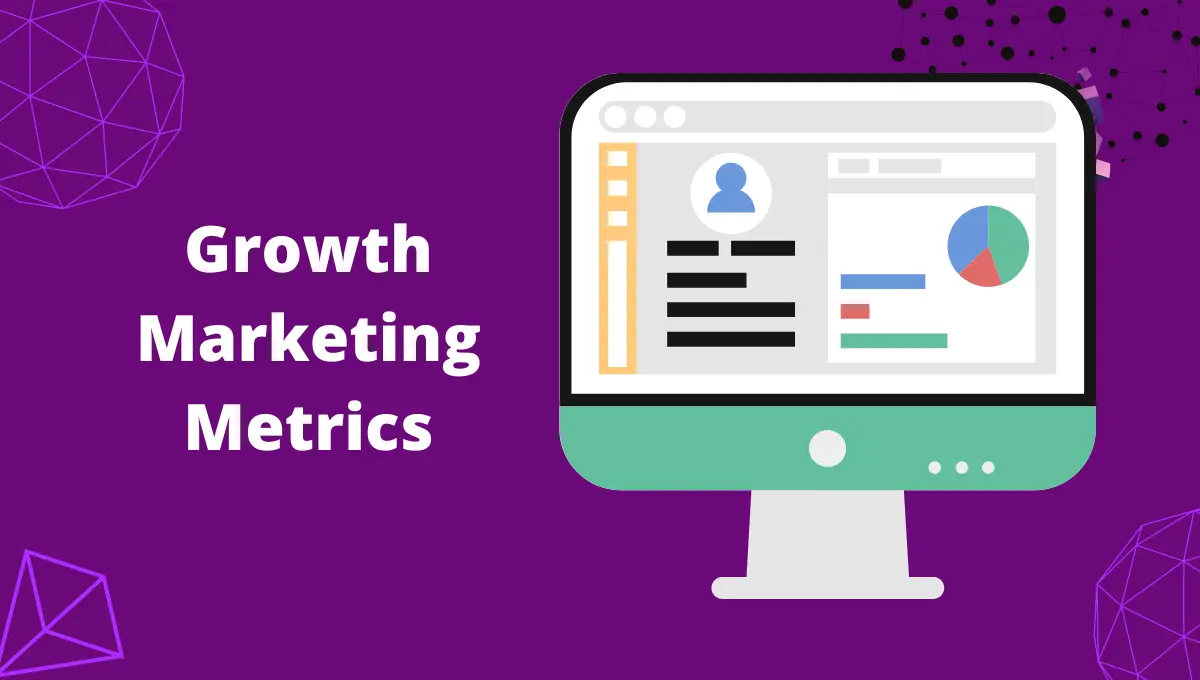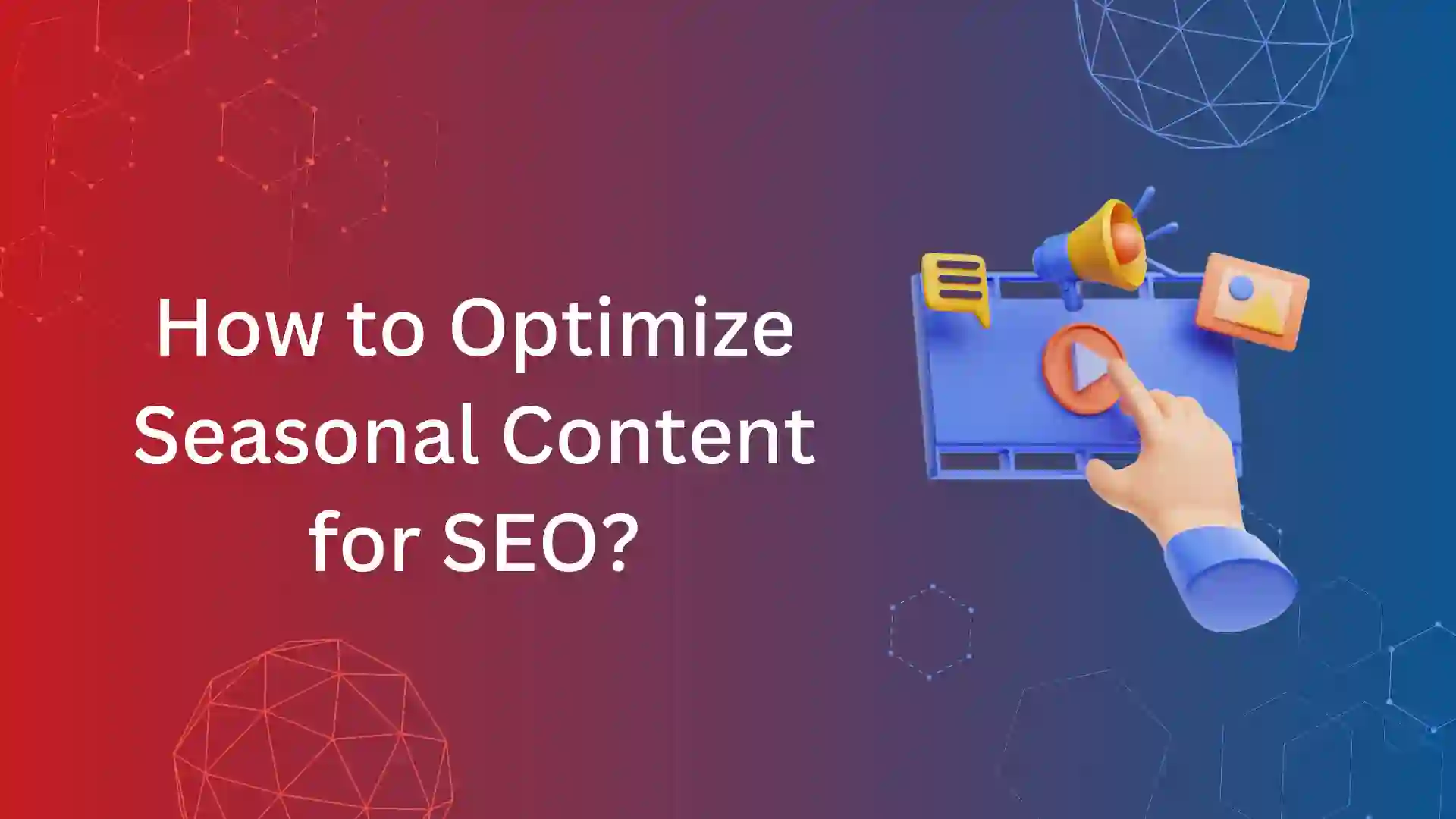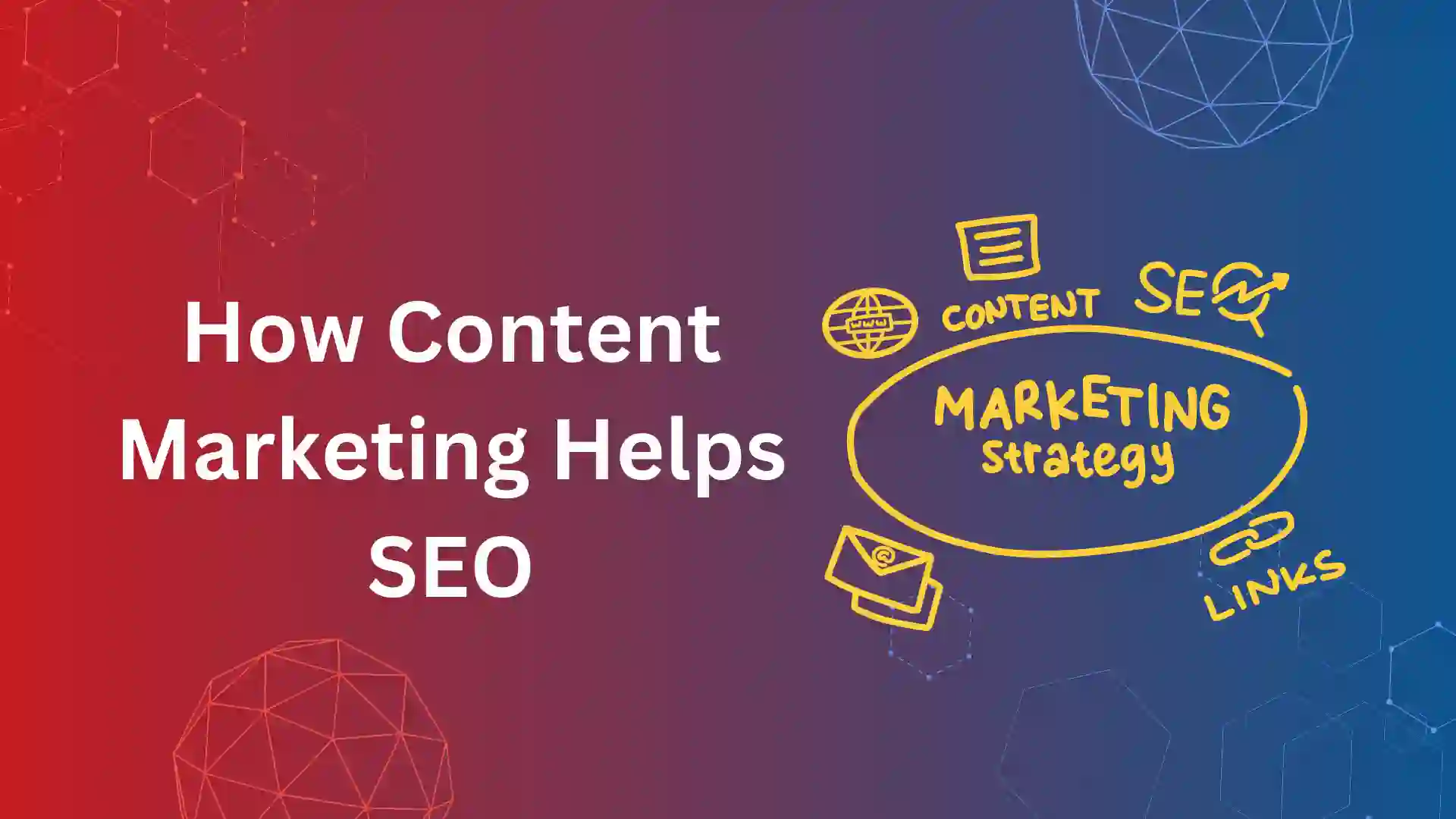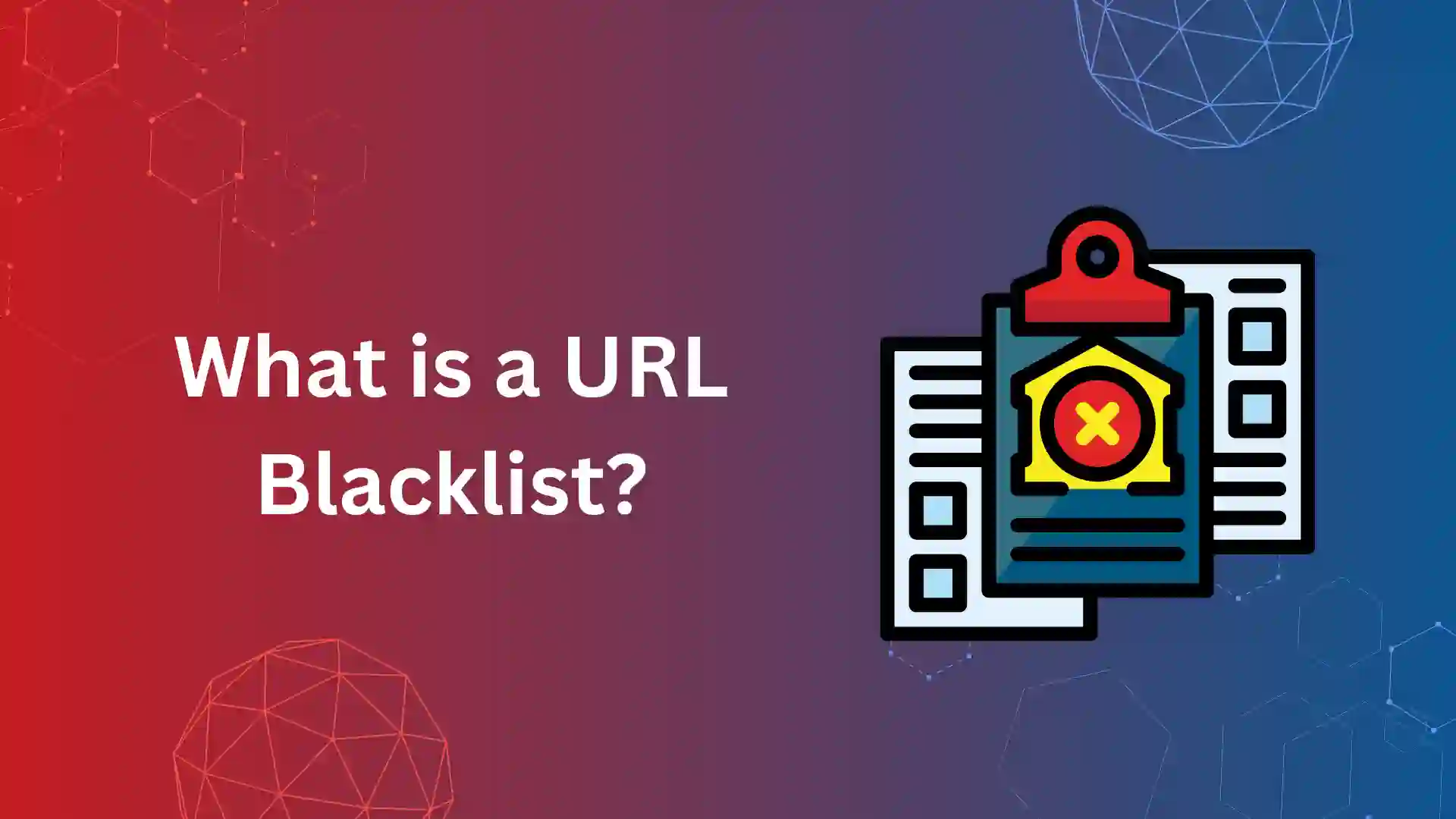Online marketing has been developing rapidly in recent decades, and several brands have taken up the online platform to showcase their products and get more customers for their brands.
In such a fast-paced and competitive landscape, it can be hard for a brand to stand out among competitors. This is where growth marketing, a creative, data-driven marketing strategy, comes into play.
As a marketing strategy that is becoming more popular over the years, growth marketing aims to acquire long-term, loyal, advocate customers for your brand.
Growth marketers travel with customers throughout their customer journey (all stages of the pirate funnel) and work towards retaining them.
Growth marketers follow certain metrics to measure the performance of their marketing campaigns.
In this article, let’s look at some of the most important growth marketing metrics or KPIs and how they can help with the growth of a business.
What Are Growth Marketing Metrics?
Growth marketing metrics or KPIs are used to measure how a business is progressing in terms of acquisition, revenue, and retention.
These metrics are different for brands with different business models. There are several growth marketing metrics. You can use the ones that can help your business grow and leave the rest.
When it comes to measuring performance, the data you collect are very important to get accurate results of your performance. You need to have a solid setup that can provide you with real-time data on customers’ interactions with your brand.
Examples of KPIs at Various Stages of the Growth Funnel
There are various KPIs that you can use at different stages of the pirate funnel. You can measure your customer journey with perfect accuracy with these metrics.
Here are some metrics that you can use to optimize your marketing campaigns or sales effort at all six levels of the pirate funnel.
Awareness: Number of website visits, visitor page time, CTR
Acquisition: Conversion rate (from visit to lead), user base growth in a month (in %), Customer Acquisition Cost (CAC)
Activation: Number of active users, number of active users, number of registrations, time between registration and active use of the product or service
Retention: Customer Lifetime Value (CLV), retention rate, abandonment rate
Revenue: Average Order Value (AOV), Monthly Recurring Revenue (MRR), Annual Recurring Revenue (ARR)
Referral: Number of social sharing, number of monthly reviews, social media traffic
Growth Marketing KPIs
There are several growth marketing KPIs that you can use to measure the growth of your business. Below are some of the most important metrics you can use.
1) Conversion rate
Conversion rate is the percentage of people who completed a desired action on your website. The action may be
- a purchase,
- a sign-up,
- a download,
- a subscription,
- providing personal information, or
- filling up a form.
The goal you set for a marketing campaign varies depending on the business or the stage of your customer’s journey.
Whether a startup or a well-established business, their primary goal would be to increase the rate of conversions. It is one of the main goals of growth marketing.
As a growth marketer, you should learn conversion rate optimization to boost your website with better conversion rates.
2) Customer acquisition cost (CAC) or customer acquisition rate (CAR)
Customer Acquisition Cost is the total amount of money you spend to acquire a new customer for your business. It is calculated by dividing the total amount spent on a campaign by the number of customers acquired through that campaign within a given period.
CAC = Total amount spent on a campaign / Total number of customers acquired through that campaign within a given period
CAC helps you understand the impact your marketing efforts have on the customers. You can understand how well your ads are running and how effective they are at acquiring customers.
You can lower your CAC by running your campaigns on channels that your target audience uses frequently and by creating personas and targeting customer segments that come under those personas.
3) Customer lifetime value (CLV)
CLV is the annual revenue you expect your customers to spend over the course of their journey with your brand. It is the monetary measurement of your customer’s lifetime value. This metric allows you to identify high-value customers (those who pay highly for your services) and works to retain them.
If the CLV result is positive, it means that your products are doing good. If the results end up negative, then it’s time for you to optimize your marketing strategies.
4) Website traffic from SEO strategies
Search Engine Optimization (SEO) is very important to increase your website traffic since it can make your websites rank higher on search results and make it more visible to potential customers.
SEO strategies play a great part in the Awareness stage of the pirate funnel. Optimizing your website with relevant keywords and other SEO components helps search engines understand what your website is about and ranks it on relevant searches.
The primary role of SEO in growth marketing is to rank higher and increase organic traffic, therefore generating more leads. SEO may sound easy, but it is a vast field and takes time to give you the desired results.
Below are some of the SEO tactics you can implement on your websites.
- Keyword research
- On-page optimizations
- Conversion rate optimization (CRO)
- Resolving technical issues
- Competitor analysis
- Finding target audience
- Content creation
5) Retention rate
Retention rate is the percentage of customers who continue to use your products or services repeatedly (making repeat purchases, maintaining a subscription, etc.).
Customer retention is one of the main goals of growth marketing. Growth marketers not only aim for customers to buy your products but also work towards making them your loyal customers.
Here are some reasons why calculating retention rate is important for your business.
Competitor analysis
Understanding why customers continue to buy your products allows you to understand how you are different from your competitors (what value you add to your customers that your competitors can’t).
Cost-effective method
It’s much easier and less expensive to retain an existing customer than to acquire new customers. To gain a new customer, you have to start afresh from the top of the funnel and make them understand the value of your brand. It’s a tedious and long process.
6) Return on investment (ROI)
What determines the success of a growth marketing strategy? Of course, it’s ROI (Return On Investment). No matter what type of marketing strategy you implement, your ROI is what determines how successful your marketing campaign actually is.
ROI is the measure of the overall profit generated by a marketing campaign. It can be calculated using the formula below.
ROI = Net profit from a campaign / Total marketing cost × 100
Growth marketing strategies are data-driven and proven to give the desired results. Having a specific goal when implementing your marketing techniques can help you increase ROI by a huge amount.
With growth marketing, you can create clear, goal-specific marketing strategies that you can measure and optimize frequently. This makes sure that the money you spend is not wasted and can even generate revenue for your business.
7) Churn rate
Churn rate also means abandonment rate. It is the percentage of people who end their customer journey with a brand in a month. These customers either do not return to the site or cancel their subscription to the brand. This metric can show you clearly how many customers you have lost in a period of time.
There is also a chance of customers abandoning their shopping cart without completing the purchase. You can calculate the percentage of people who abandoned their cart with the metric shopping cart abandonment rate.
Customers abandon their carts due to various reasons. Some of them are given below.
- Having to pay extra during the checkout process.
- Technical issues: website crashes, delayed or failed payments, website time-out, etc.
Remember that shopping cart abandonment is one of the causes of the increase in acquisition costs. You can use this metric to understand the issues of your customers and optimize your shopping cart to reduce abandonment issues.
8) Engagement rate (from social media)
Engagement rate is a metric that measures how actively your audience interacts (engages) with your content. The engagements can be done through likes, comments, or social sharing.
Here are some metrics to calculate engagement rates in different social media handles.
- Instagram – likes, comments, shares
- Facebook – reactions, clicks, comments, and shares
- Twitter – retweets, likes, and comments
- LinkedIn – clicks, interactions, impressions, and followers acquired
- Pinterest – pins, likes, and comments
Measuring the engagement rate across different social media channels can help you discern which platform your target audience frequents. You can also determine which strategies are working best for your business.
9) Open rate & click-through rate (for email marketing campaigns)
Open rate and click-through rate (CTR) are two of the most effective metrics for measuring email marketing campaigns.
Open rate is the percentage of subscribers who open your email out of all the subscribers. You can use this metric to calculate how effective your email (subject line, copy, etc.) is and what type of content attracts the most customers.
Open Rate = Number of subscribers who opened the email / Number of subscribers the email was sent to × 100
Click-through Rate (CTR) is the percentage of people who clicked on the email out of all the people who saw the email (impression). It is primarily done to measure engagement for your email.
CTR = Number of clicks / Number of impressions × 100
10) Click-to-open rate (CTOR)
Click-to-open rate (CTOR) is also used in email marketing. It is the percentage of unique visitors who click on a link after opening your email. Here, we use the term unique to indicate the visitors who clicked on the email first and then clicked on the link in the email.
CTOR = Unique clicks / Unique opens × 100
For example, imagine you sent an email to 1000 subscribers. Out of them, 100 members clicked on your email, and 50 members clicked on the link given in the email. The CTOR for your email campaign would be 50/100 × 100 = 50%.
11) Revenue growth
Revenue growth is one of the primary factors determining a business’s growth. Without revenue, your business can’t survive in this competitive industry.
Revenue is the total amount of money your business can generate in a given timeframe (monthly, annually, etc.). It is one of the ultimate goals of growth marketing: to generate steady revenue and increase the profits of a business.
Revenue can be measured through the following metrics.
Annual Recurring Revenue (ARR)
ARR is mostly used by subscription-based or SaaS companies to calculate the income they will receive in a given year. This measurement is done based on their number of subscriptions. One-time payments are usually excluded while calculating ARR.
Monthly recurring Revenue (MRR)
Like ARR, MRR is the measurement of the expected income a business will receive in a given month. It is calculated based on the brand’s recurring revenue (monthly memberships or subscriptions).
12) Daily/monthly active users
After customer acquisition comes customer activation. This metric is a key performance indicator in the activation stage.
It helps you calculate the percentage of acquired customers who actively use the products or services. You can identify the customers who are the most engaged with your brand and the ones who use your products occasionally.
Depending on your marketing strategy and your products, you can measure the active users for your brand on a weekly or monthly basis.
13) Renewal rate
This metric helps you learn the percentage of your existing customers who renew your service or subscription. You can calculate the renewal rate by dividing the number of renewed customers by the total number of existing customers.
Renewal rate = Number of customers who renew the service / Total number of existing customers
Conclusion
Accurate data and rapid experimentation of new, creative ideas are the foundation of growth marketing.
Using growth marketing KPIs or metrics to measure the performance of your campaigns can help you analyze what works and what does not and lets you optimize it.
Your growth marketing metrics differ for each stage of the pirate funnel. So, classifying them according to the stages can give you a more accurate picture of your growth and allows you to understand which area needs improvement.
Choose the growth marketing agency like 7 Eagles that follows the above metrics or KPIs in every marketing campaigns.
Frequently Asked Questions
KPI stands for Key Performance Indicator. It is the metric or value you can use to measure your website’s or marketing campaign’s performance. KPIs can be applied at all stages of the growth marketing funnel (the pirate funnel).
Growth marketing uses various metrics to measure and create highly personalized content that can capture the audience’s attention. These strategies have shown to lower acquisition costs, increase revenue, and help with the long-term growth of the business.
Growth marketing also increases conversion rates and works toward customer retention and satisfaction.













